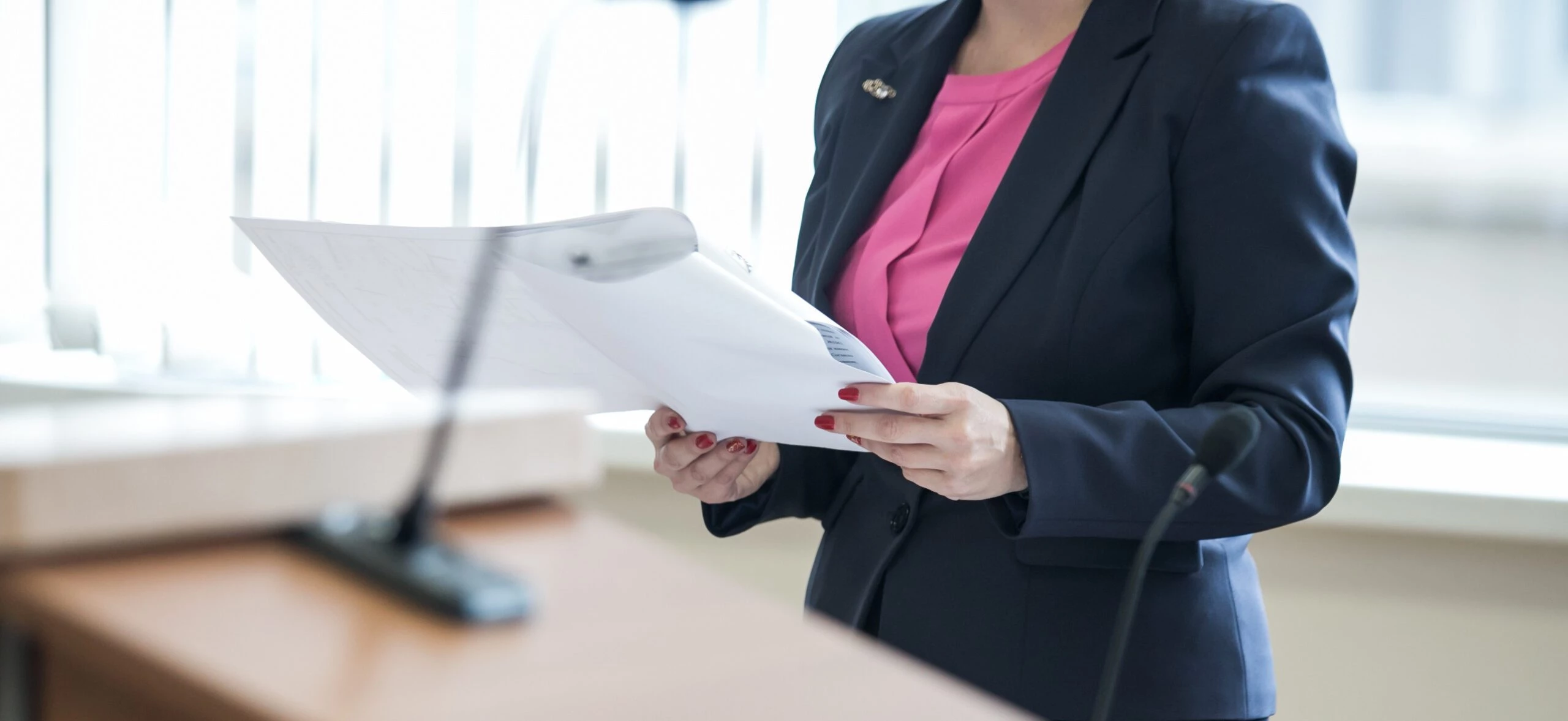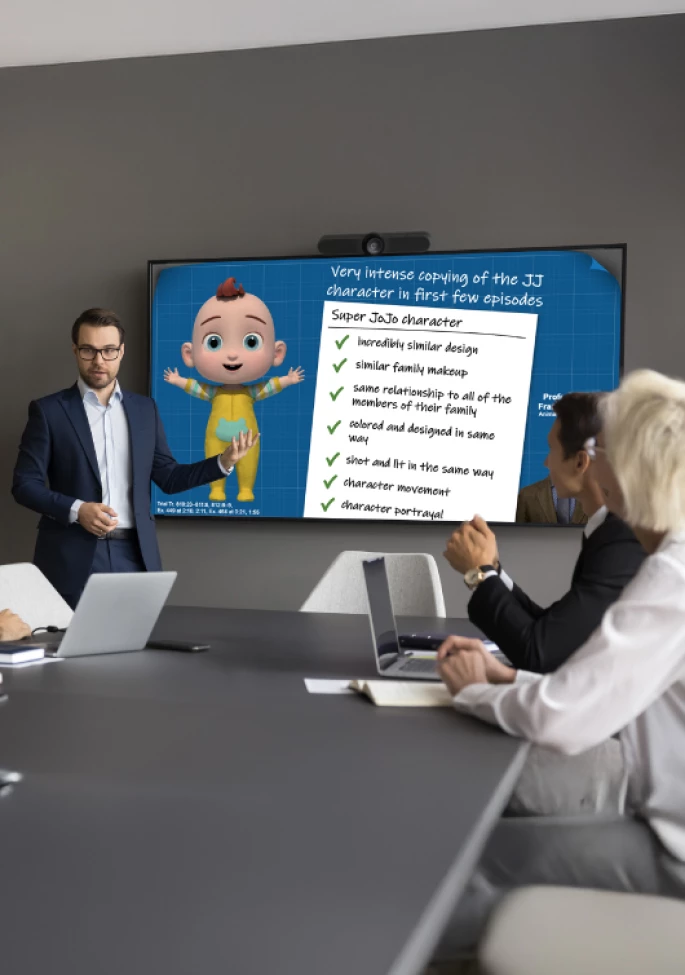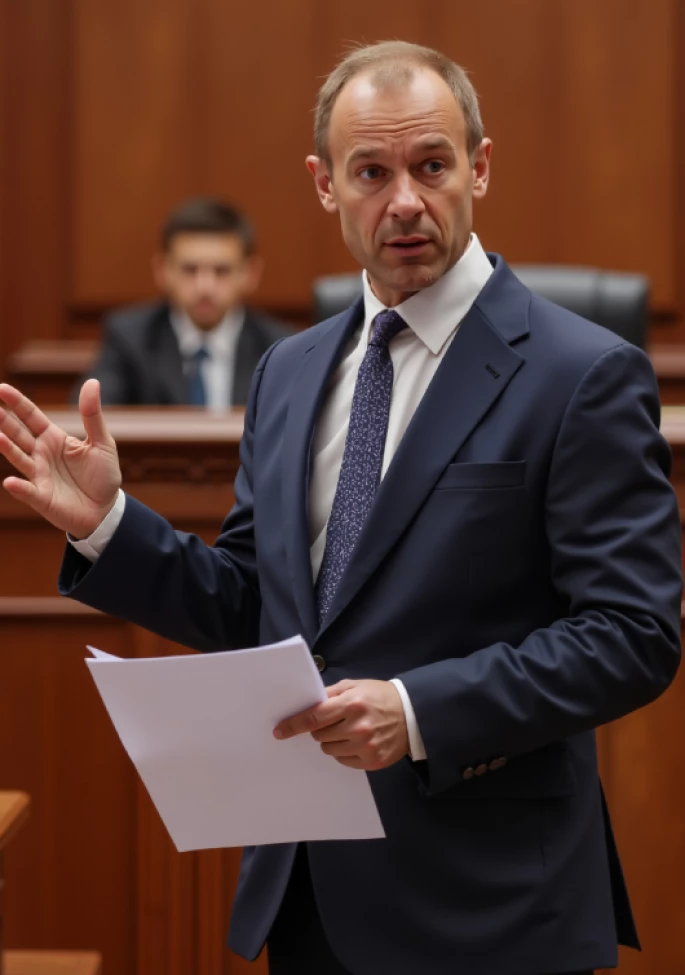“As many as 80% of jurors make up their mind immediately after hearing the opening statements.” 1
“About 80-90 percent of jurors make up their minds about how they are going to vote at the conclusion of opening statements.” 2
Origin of the Theory
You may have seen or heard grand claims like these over the years from a variety of sources. Granted, few would disagree that opening statements are crucial; they are an opportunity to start telling your story, introduce case themes, and provide jurors a framework to make sense of the information they will hear throughout the case. We have certainly seen first-hand the influence they can have on jurors. However, in our decades of studying juror behavior, these 80%-or-so claims always seemed inflated.
To examine their validity, we first conducted a literature search, revealing multiple sources citing numbers like these. However, none of these sources conducted research to back the claim, and many could not provide a reliable citation (or any citation at all) for the statistic.
As far as we can tell, it is likely that the 80% number originated from a 1966 study3 or a 1959 study4; either way, the statistics were taken entirely out of context. Rather than investigating the effects of opening statements, these studies examined the consistency in decisions between judges and jurors, as well as changes in decisions during deliberations. In fact, one puzzled author from the 1966 study eventually penned an article to address the resulting myth. As he pointed out, “Nowhere in The American Jury’s 438 pages can one even find the words ‘opening statement.’” 5
Although this clarification was made years ago, the general myth has persevered and seemingly entered the legal conscience as a kind of vague “wisdom.”
Meanwhile, the question endures as to how open-minded jurors actually remain following opening statements. To examine this issue ourselves, we turned to our database of mock trial statistics to analyze how many of our jurors stuck to their leaning after opening statements and the factors that may have affected their consistency.
Testing the Theory
Study 1
In our first study, we used juror data from twelve mock trials (N = 337) to examine the percentage of jurors who do not change their opinion at all after opening statements. Jurors had been asked to indicate their “leaning” in the case (which we coded as either “defense,” “plaintiff,” or “unsure”) at several points throughout the exercise—including after opening statements, after plaintiff and defense case presentations, after the plaintiff rebuttal, and after deliberations.
To answer our question, we assessed the variance of jurors’ leanings throughout the mock trial, that is, whether their leanings deviated after the opening statements.
Analyses revealed that only 26.7% of jurors held to a consistent leaning following opening statements—far less than the oft-quoted 80% figure. Even among those who favored a particular side after openings, nearly two-thirds later changed their leaning. Furthermore, 25% of jurors were unsure after openings; among them, 48% ultimately supported the defense, 42% supported the plaintiff, and 10% remained undecided.
Looking at it from another angle, when comparing leanings at only two points in time (after opening statements and after deliberations) we found that only 57% of jurors reached a final decision that matched their leaning after opening statements. Even if we just focus on jurors’ final decision in comparison to their conclusion after opening statements, the figure is still significantly less than 80%.
Ultimately, we found that a sizable majority of jurors do not “decide the case” after opening statements; they can keep an open mind and adjust their opinions after hearing new information.
Study 2
In a second study, we examined data from ten mock trials (N = 319). Jurors were asked their case leaning (i.e., defense, plaintiff, or unsure) between six and 17 times throughout the course of the exercise, depending on the case. As a result, this study assessed jurors’ opinions at more points in time than our first study, allowing us to see if the proportion who remained consistent would decrease due to more opportunities to change.
Again, we looked at whether jurors’ leanings deviated from their initial post-openings leaning. In addition, cases were noted as either having disputed facts or not (i.e., cases where jurors were to determine intent, reasonableness, or an interpretation of undisputed facts).
Study 2 revealed that 33.2% of jurors remained consistent in their leanings following opening statements—not too far off from the 26.7% figure found in Study 1. This time, 22.3% of jurors were unsure following openings; among them, 40.8% ended up supporting the defense, 56.3% supported the plaintiff, and 2.8% remained undecided.
Since these figures are quite similar to those found in our first study, it does not appear that the additional measuring points had a notable influence on consistency.
Multiple variables affected changes in leanings. First, cases with disputes over what occurred factually had significantly more fluctuations than cases calling for an interpretation of undisputed facts. This finding is likely because when facts are disputed, the evidence and testimony are more necessary to fully understand what happened. On the other hand, when jurors must rely on their subjective experiences and interpretations of the law to make judgments about intent, reasonableness, or wrongfulness, there is less room for new information to have an influence.
Younger jurors were also significantly more likely to exhibit fluctuations than older jurors. This is an effect we have seen for some time and is likely because younger jurors have less life experience and therefore fewer ingrained opinions pertaining to events at issue in trials.
Again, the more that jurors rely on their previous experiences, the less their decisions will be influenced by new information.
For example, in a case where investors lost a significant amount of money, jurors in their 20s and 30s may find the topic foreign, so their decisions will likely be heavily influenced by evidence and testimony. By contrast, older jurors are more likely to have experienced losing invested money, and they likely have opinions about how it happened; this experience can thus interact with the information at trial and shape their decision.
Finally, plaintiff jurors were significantly less likely to change their opinion following opening statements than defense jurors. There may be two reasons why this occurred:
First, jurors who do not change their leaning throughout trial may be especially influenced by what is known as “confirmation bias.” This is a bias whereby a person forms an opinion early on and filters subsequent information to reinforce that opinion. In a trial context, the juror gives more weight to evidence that supports his or her opinion and counterargues or ignores evidence that undermines his or her opinion.
People who are affected most by this bias will likely favor the first side they hear—the plaintiff.
The second reason why plaintiff jurors may be less likely to change their initial decision is because of the nature of cases; plaintiffs argue that they are harmed by a defendant, and some are very emotional. Jurors on the panel who are “emotional thinkers” may be swayed by these appeals, relying more on a feeling or intuition rather than facts when reaching their decision. Therefore, these jurors will likely start out favoring the plaintiff and adjust their leaning only minimally (if at all) in response to the more fact-based defense case.
Applying the Results
In conclusion, the claim that 80% (or more) of jurors reach their decision after opening statements is false. This myth was miscited, unfortunately spread, and has persevered for decades. The real figure is likely closer to 30%.
Despite this much smaller figure, it nevertheless has important implications for jury selection. Of those jurors who remained steadfast in their leaning, our studies found that about one-third were defense jurors and two-thirds were plaintiff jurors. This means that, of all jurors, about 21% started out favoring the plaintiff after opening statements and never changed.
These are the jurors that defense counsel must identify in voir dire—obtaining cause challenges and using peremptory strikes to exclude such jurors who are not open to considering defense arguments.
Further, although the majority of jurors are open to hearing the evidence and adjusting their opinions throughout trial, the importance of a powerful opening remains. When as much as a third of the panel might stick with their decision after opening statements, those opening statements are still a vital element of one’s trial strategy.
A version of this article first appeared in USLAW Magazine Summer 2020.
References
1 Lopez, K. (2011, December 15). 6 Reasons the Opening Statement is the Most Important Part of a Case. A2L: The Litigation Consulting Report. https://www.a2lc.com/blog/bid/...
2 Opening Statement: Setting the Tone for Trial (2019). Advocate Magazine. https://www.advocatemagazine.com/article/2019-january/opening-statement-setting-the-tone-for-trial
3 Kalven, H. & Zeisel, H. (1966). The American Jury. Boston, MA: Little, Brown and Company.
4 Broeder, D. (1959). The University of Chicago Jury Project. Nebraska Law Review, 38, 744-760.
5 Zeisel, H. (1987). A Jury Hoax: The Superpower of the Opening Statement. University of Chicago Law School: Chicago Unbound, 17(4).







